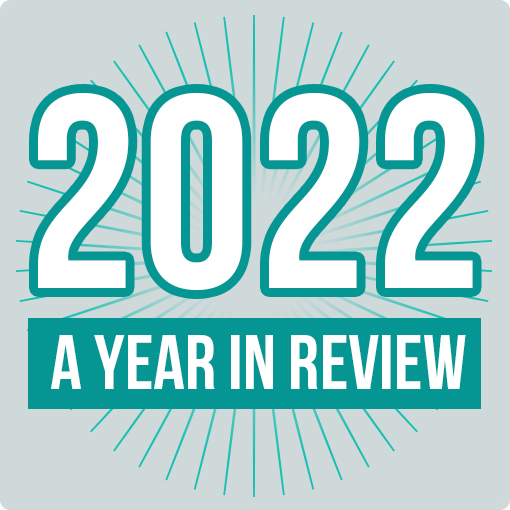Unlike employees your web site is best treated as a number.
So forget the nice graphics and the soft comfortable design influence, it’s time take your web site and distil it down to the cold hard facts of a percentage conversion rate. (That is its ability to create prospect leads as a percentage of the total Internet traffic it receives.)
Hard clinical numbers tell you whether all the bright lights and fancy colours of web design are making a difference to convince those itinerant web browsers to start tapping away on their keyboards to become prospects of note.
Here are four points to help you begin to view your web site in this new light.
Firstly the old saying holds true online, you can only manage what you measure, so start to investigate what web tracking tools you have to see if they provide you with the numbers you need. Most will provide visits – hits and top pages. What you really want is a tool that shows you all this plus the ability to track actual visitor actions. If what you have comes up short, don’t worry. There’s no need to invest much to get what you need. Google even provides a tool free of charge in their Google Analytics package that does a basic but solid job of showing you what you need to know.
Second, once you know your stats you need to plan their improvement. You can do this by viewing your web site not as a publisher but as a prospect visitor. (Some tools can help you alter your perspective by showing you in real time the live paths people actually take as they click through your site.)
There will probably be a few different groups of prospects and customers that work through your site. Your task is to map out the characteristics and content demands of each group and then to see how your site performs.
For instance one of your predominant groups could be quite analytical in nature, arriving at your site on a fact finding mission whereas others could be more interested in the “feel” of the business – its owners and customers. Somehow your content will need to appeal to both of these quite different prospect groups.
Thirdly after matching the right content to the correct profile then you need to present it in the correct way. Just like a poorly tied fly can ruin a good day’s trout fishing – web content poorly presented will fail to trigger the registration response you desire.
For example Permission started working with a client’s web site that was converting just 2.5% of its web site traffic into prospect leads. By altering the way the exact same content was presented we managed to increase this to a credible 25%. (The industry conversion rate for offering free content is 10%.)
And finally by taking on the goal of wanting to view your web site as a number you need to know there is no finally. There are always ways to make some incremental improvement on what you have done before.
Even our customer experiencing a solid 25% conversion rate has us working away each month to tweak things further to crack the 30% barrier we have broken with others in different industries.


